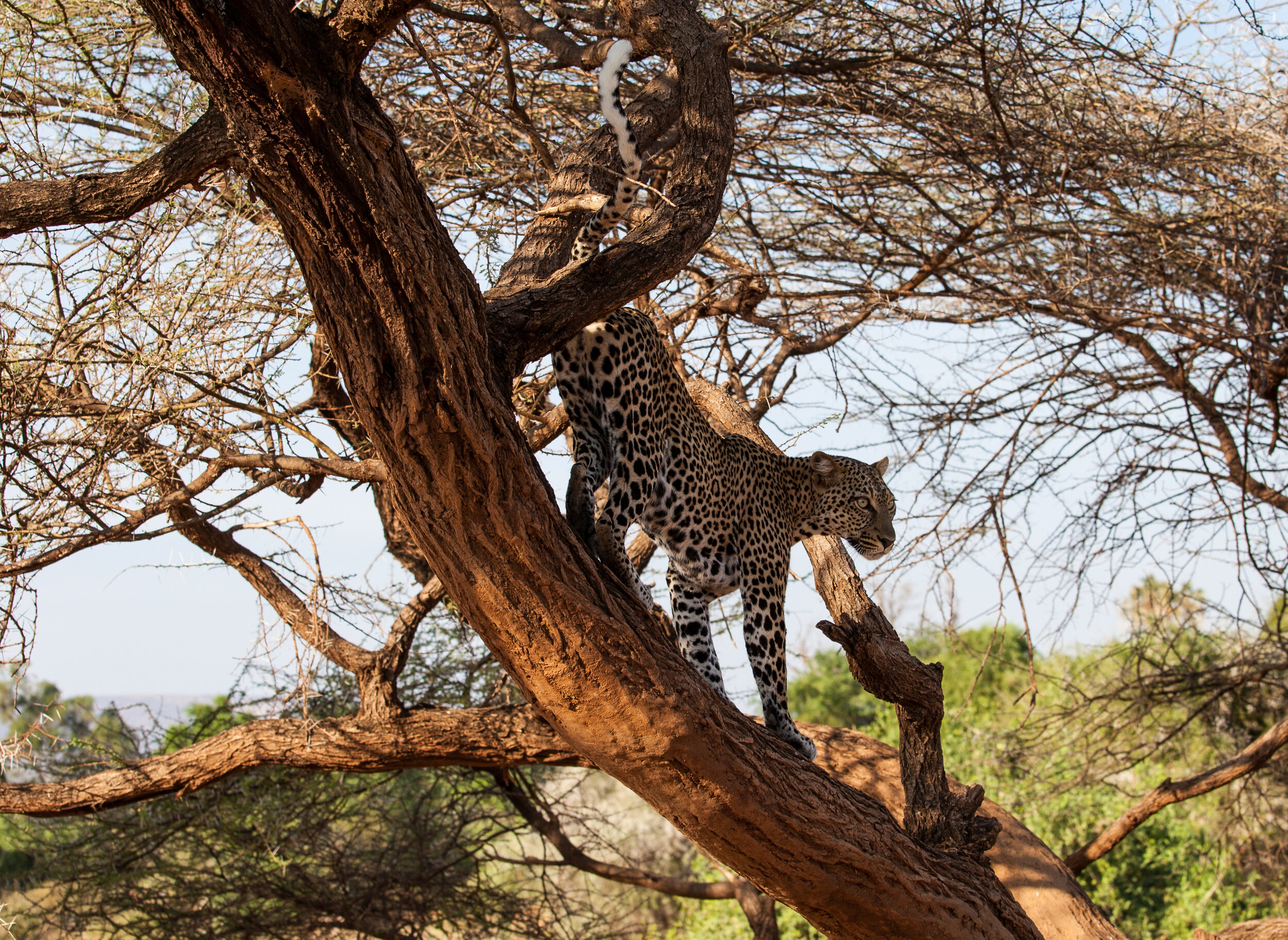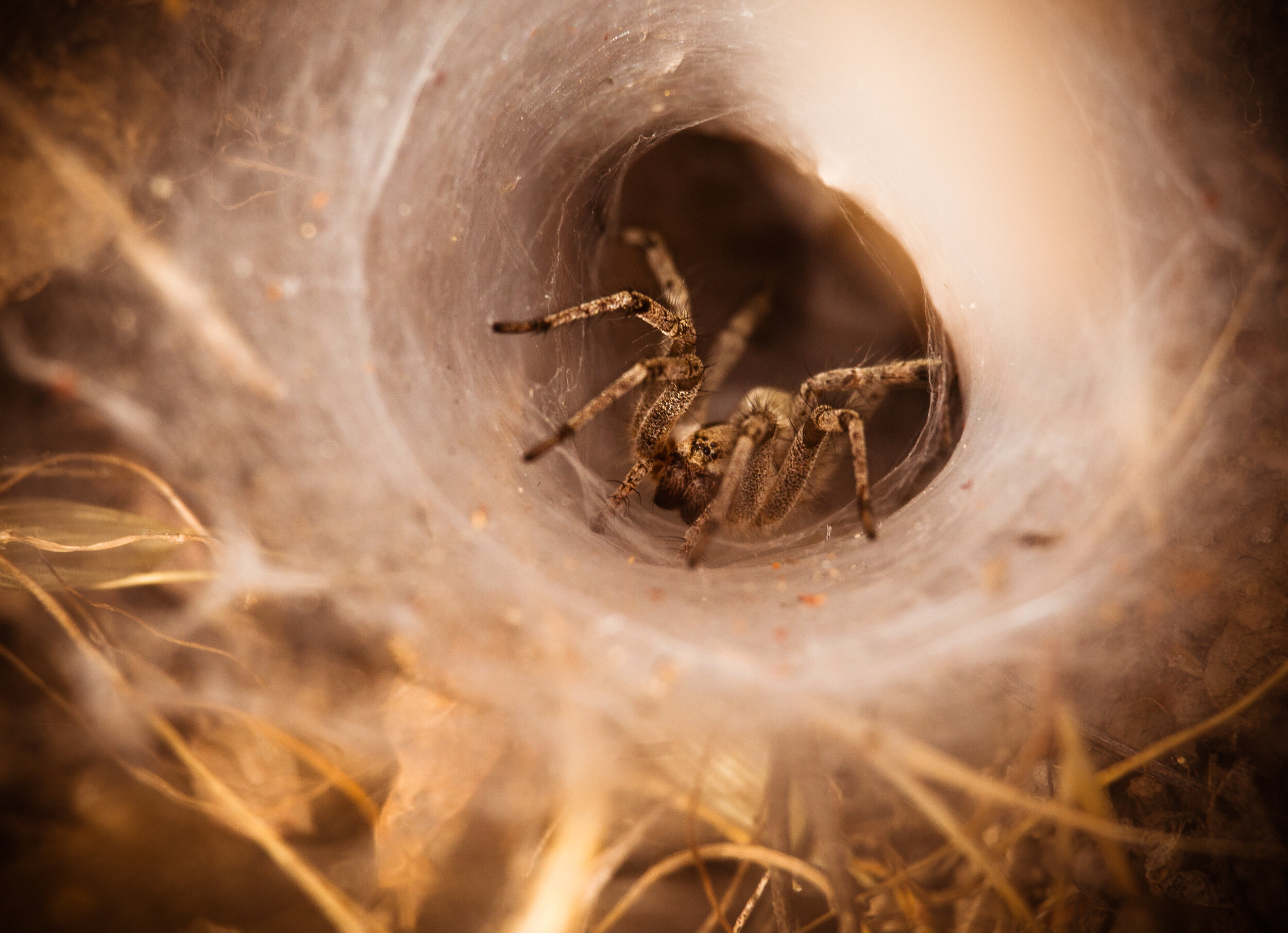Wildlife Captures

The Boss. In 2012, we went on a Chimpanzee Habituation Trek in Kibale National Park. Before leading visitors to this group of about 120 chimpanzees, it took the rangers 5 years to get the animals used to the presence of humans. The chimps were reacting surprisingly little to our presence. It was amazing! We had to get up at 5 a.m. and were picked up half an hour later by two boda bodas, small motorcycles and their jockeys, who drove us along 8km of bumpy dirt roads to the park entrance, the road only slightly lit by the whimsy motorcycle lights. At 6 a.m. we were greeted by Ronald, our Uganda-Wildlife-Authority guide, and the two of us got a brief introduction into how to behave around the habituated chimpanzees: stay at least 7 m away; stand still when the males start to display -- an impressively noisy affair of calls, running and jumping, and drumming against trees; and when they descend from a tree, don't rush towards the tree. Just about 30 minutes later, we were at the site where the guides had last seen them the day before and not far from there we heard a first wake-up call. We followed the call and when the first chimp descended from his nest and sat down barely 5 meters away from where we were waiting (the chimps don't know about the 7-m rule), it was a hair-raising goose-bumps moment. Later came many more of such moments, but our very first encounter was the most noticeable.

Malachite Kingfisher. After a 14-hour bus ride we arrived in Nairobi in beautiful Kenya. Already from the bus we spotted many zebras and two types of antilopes. And the big rift valley looked amazing. But getting into Nairobi proved to be a bit difficult during rush hour. It took us about 30 minutes to just get around one roundabout. Sprawling Nairobi has been the busiest city of our trip so far. Compared to this ant hill of 5 million people (most of which seemed to be on the road), Kampala felt like a small town with no traffic at all. Fortunately, the quiet camp we're at now is a bit outside of the city, and it sports a pond that attracts fish-eating birds. I took this picture of a Malachite Kingfisher (Alcedo cristata) this morning at breakfast.

The Leopard. My last shot from Samburu National Reserve in Kenya. Fortunately, just before he took off in sneak-mode, the leopard paused briefly halfway down the tree to check the best route out of the tangle of safari cars.

Moody Ibis in Kibale National Park in Uganda. After three days in busy Kampala, with its congested streets and smog, the little resort we were at then felt like a little paradise of peace and quiet. Well, maybe not that quiet. A sweet cacophony of nature filled the air as every being tried to make itself heard, especially this moody ibis, which voiced his annoyance with a surprisingly loud call. But also other birds, frogs, cicadas, and monkeys contributed to the concert.

Moving on. Samburu National Reserve.

Samburu National Reserve, a small, but beautiful park a few hours north of Nairobi.

Tule Elk. Cervus canadensis ssp. nannodes at Point Reyes National Seashore. The weather changed from foggy to a brief spell of sunshine, and back to extremely foggy. This shot was taken in the latter foggy episode. Fortunately, the elk were grazing happily not too far away from the path. However, the dominant male was keeping a close eye on me, while preventing the females from straying off too far. After about 1.5 hours of me standing still on the path, about 100 meters away from the herd, the wind turned slightly and blew my scent right towards the herd. A number of females put their heads up and sniffed, seemed to classify me as harmless, and started to move slowly in my direction, leading others in their wake. When they were about 15 meters away, this male intercepted them and started to maneuver them away from me.

Singer. A Californian white-crowned sparrow (Zonotrichia leucophrys nuttalli) close to Tomales Point at Point Reyes National Seashore. While I was waiting for some tule elk to move into a more favorable position, this guy was engaging in a song contest to defend his territory. As he was so focused on his job, I was able to get close enough to take this shot.

Trapper. A funnel weaver, taken at Henry W. Coe State Park. We also spotted two tarantulas while driving up the narrow road to the state park: one sitting on the street, the other one right next to it. I therefore had high hopes to see some more today, but no luck: the only spiders we saw were these, somewhat smaller, funnel weavers. The total size of the funnel webs ranged from about 10 cm to about 70 cm and this guy's funnel was about 50 cm in diameter. The center hole, in which this spider is waiting for its prey, was about 2 cm wide.